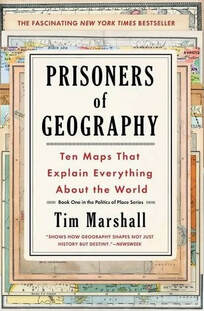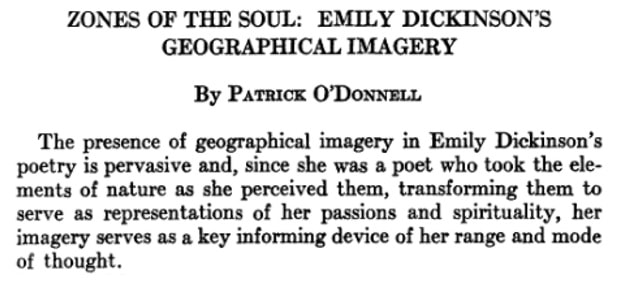Anyway, last night we started reading Tim Marshall's Prisoners of Geography together, and we were hooked immediately.
| The book explores "Ten maps that explain everything about the world." The ten maps are as follows: * Russia * China * United States * Western Europe * Africa * The Middle East * India and Pakistan * Korea and Japan * Latin America * The Arctic Yes, Americanophiles -- those who continually chant "U-S-A! U-S-A! U-S-A!" at every opportunity -- will be disappointed that the map of the United States isn't discussed first, but Russia, after all, is the largest country in the world. |
The chapter gave a brief history of the country and a succinct explanation of how its shifting boundaries over time created the country that is present-day Russia. Marshall spelled out how the geography of this vaster than vastest country impacted the politics and ideologies of those in control, whether "czarist, Communist, or crony capitalist."
A fascinating portion of the chapter explored the "stans" -- those that are neutral (Uzbekistan, Azerbaijan, and Turkmenistan), those in the pro-Russia camp (Kazakhstan, Kyrgyzstan, Tajikistan, Balarus, and Armenia), and those which are pro-Western (Poland, Latvia, Lithuania, Estonia, the Czech Republic, Bulgaira, Hungary, Slovakia, Albania, and Romania) -- and how geography has influenced and shaped those countries' politics. Marshall also included a concise summary of geography's role in Russia's illegal annexation of the Crimean peninsula in 2014.
In the introduction to his book, Marshall stated, "Overall there is no one geographical factor that is more important than any other. Mountains are no more important than deserts, nor rivers than jungles."
Hmm. That got me a-wonderin'. Are there geographical factors that are more important in the poetry of Emily Dickinson?
To find out, I scooted on over to the online Dickinson archive -- HERE -- and I conducted a bit of geographical research on the terms straight out of Marshall's book (from that statement cited above): Mountain, desert, river and jungle. I also added three other words into the mix:
1. Hill. I decided to take a look at "hill" along with "mountain" because in many if not all of Dickinson's poems about the elevation of the earth's surface, "hill" is really just a stand in for "mountain." Take the following for example:
The Hills erect their Purple Heads
The Rivers lean to see
Yet Man has not of all the Throng
A Curiosity.
3. Ocean. I included a look at "ocean" along with my search into Dickinson's use of the word "sea" since the terms are synonymous.
Sooo...what do you think I discovered? Is there one geographical factor that is more important than any other in the poetry of Emily Dickinson?
Do mountains play a more vital role than the seas? Do rivers outrank the desert? What about jungles?
While I double check my findings, you gather your thoughts on the matter, and I'll post my results soon in Part 2 of this post. In the meantime. check out this article, "Zones of the Soul: Emily Dickinson's Geographical Imagery," HERE (once on the page, click on "Alternate access options for independent researchers).
I'll publish my results in Part 2 of this post soon!
|




 RSS Feed
RSS Feed
